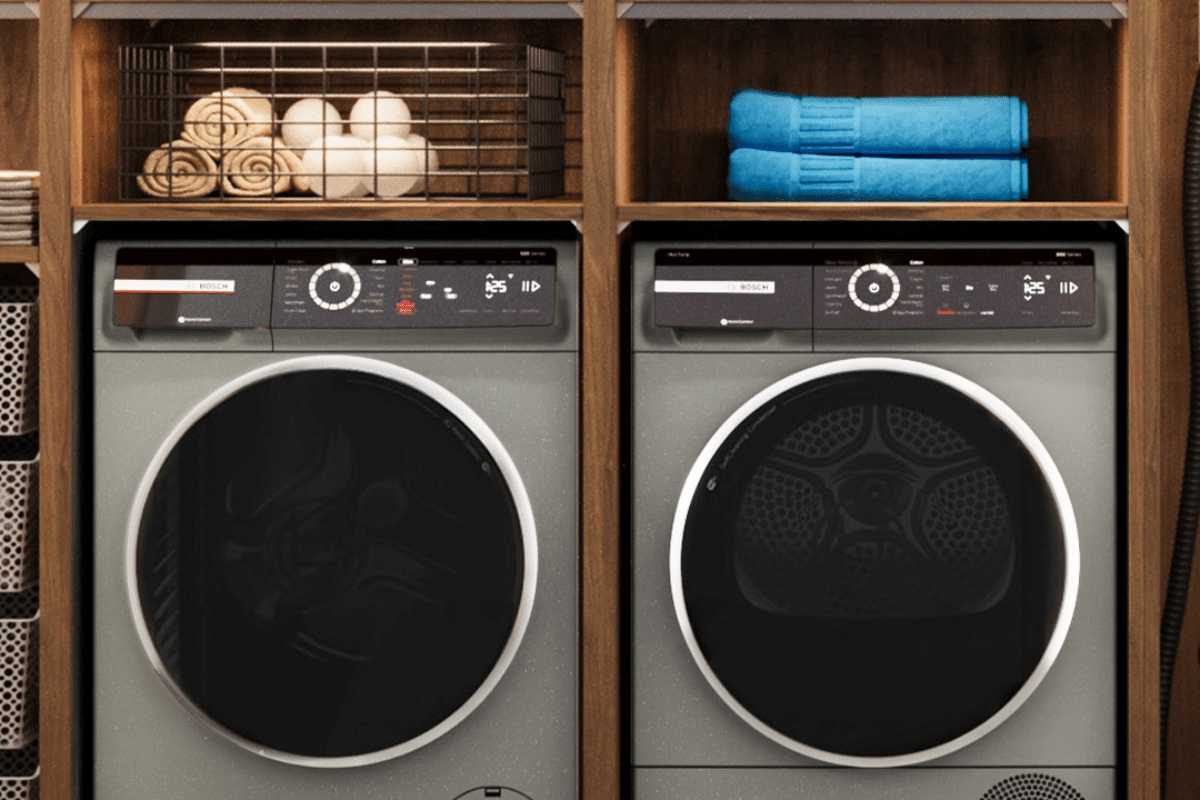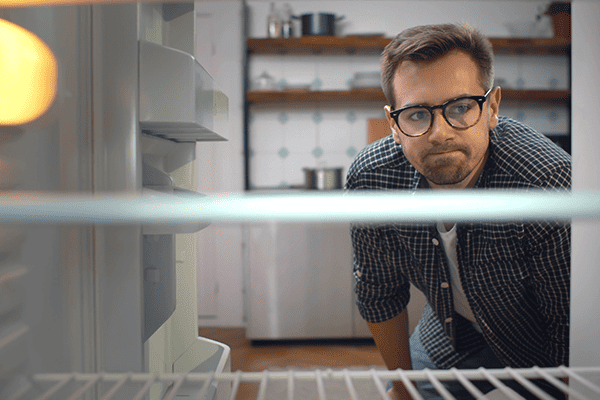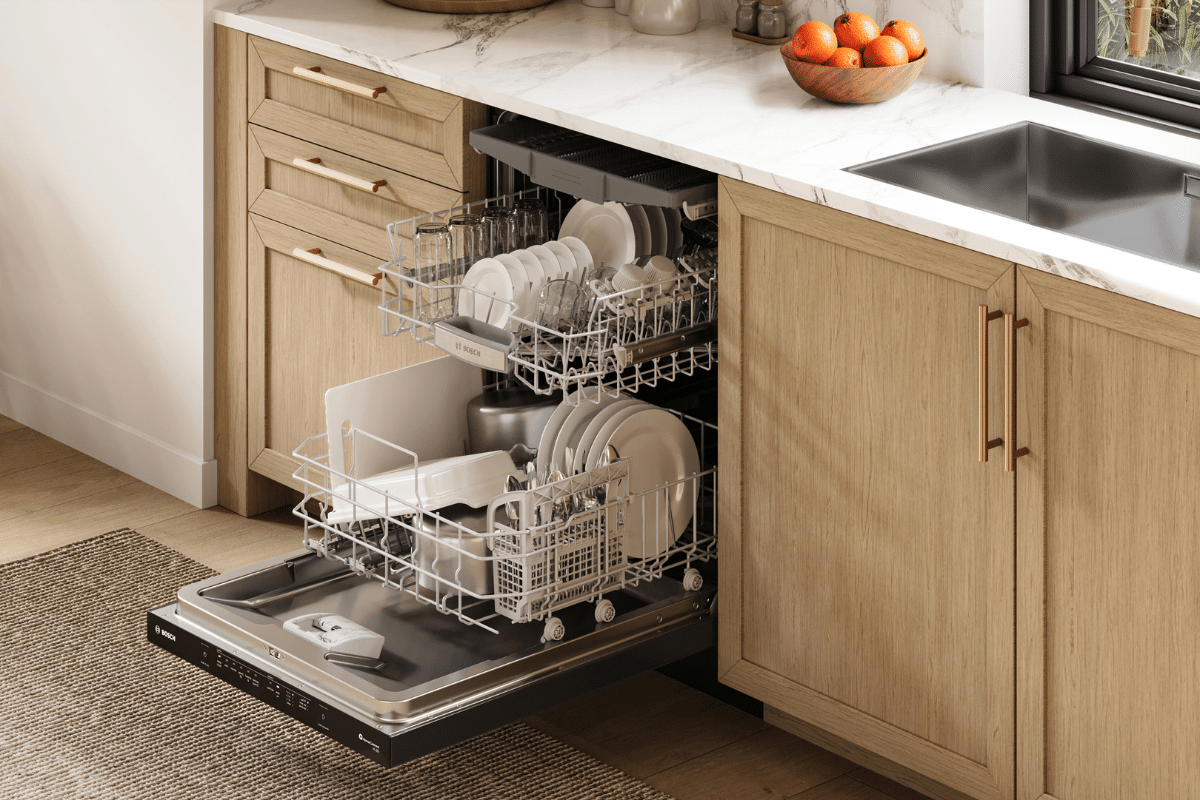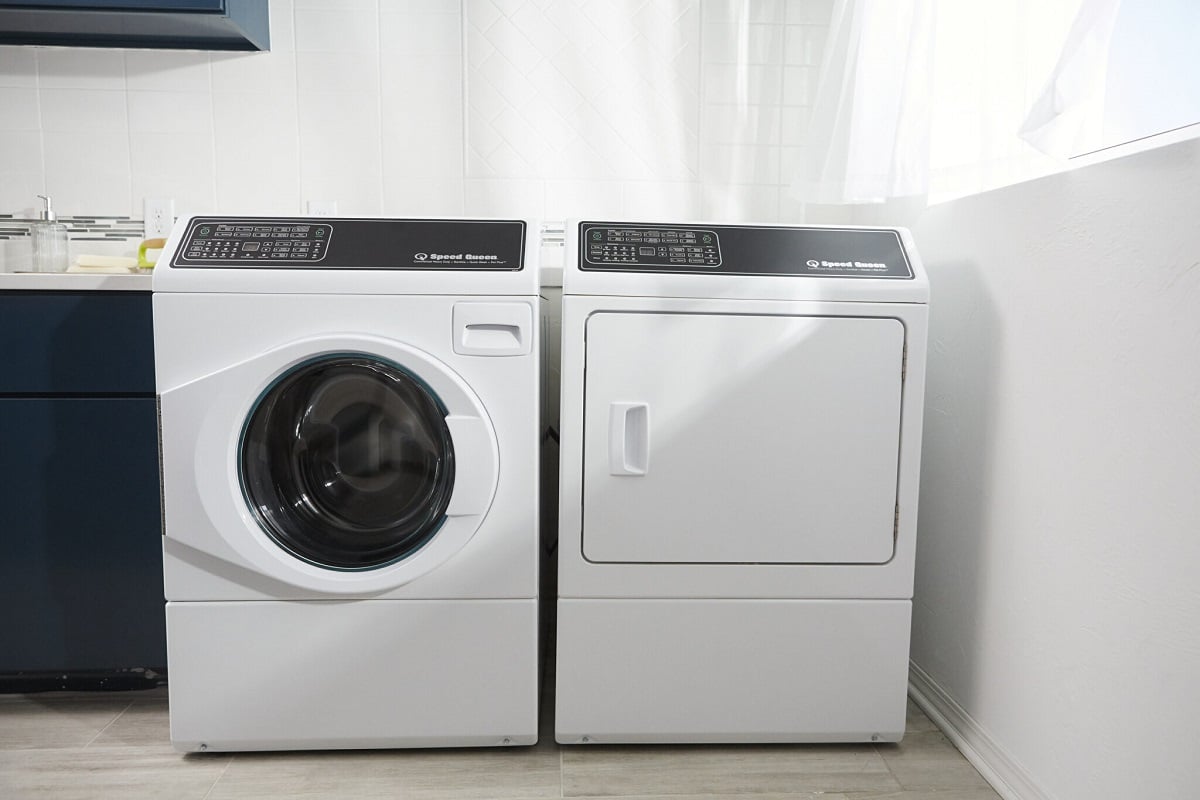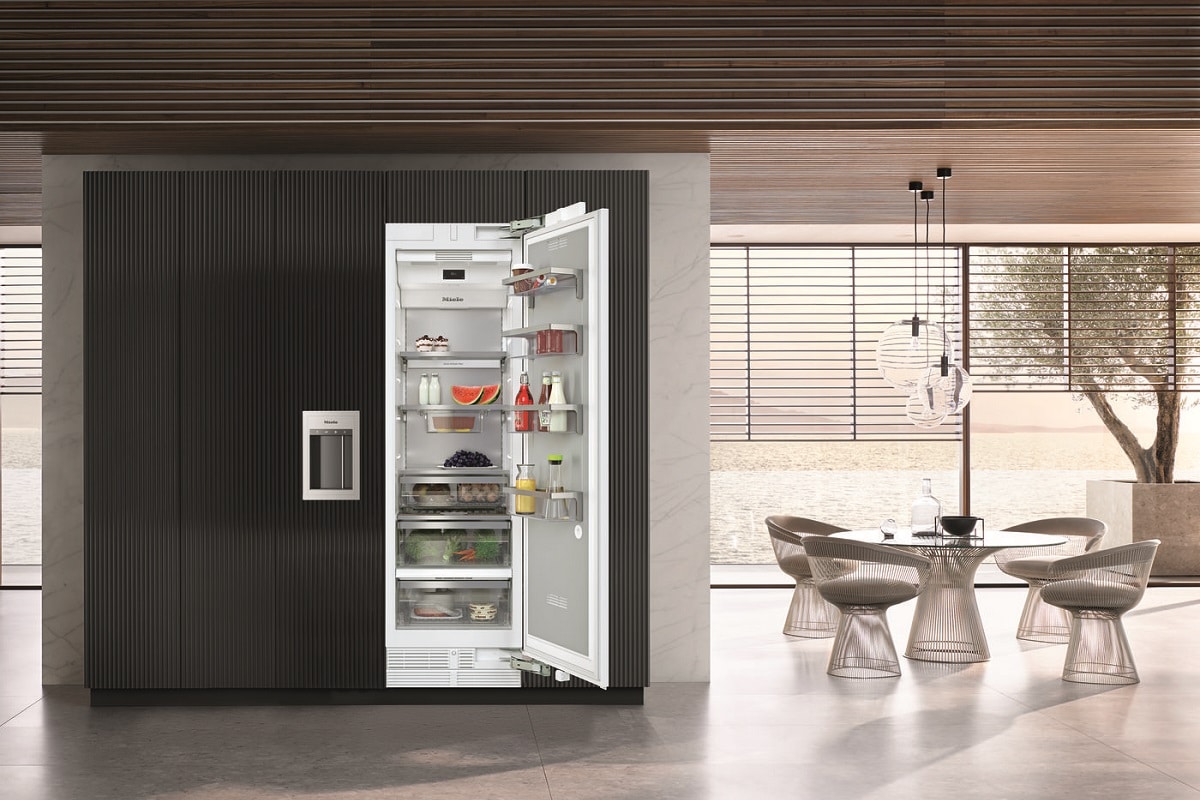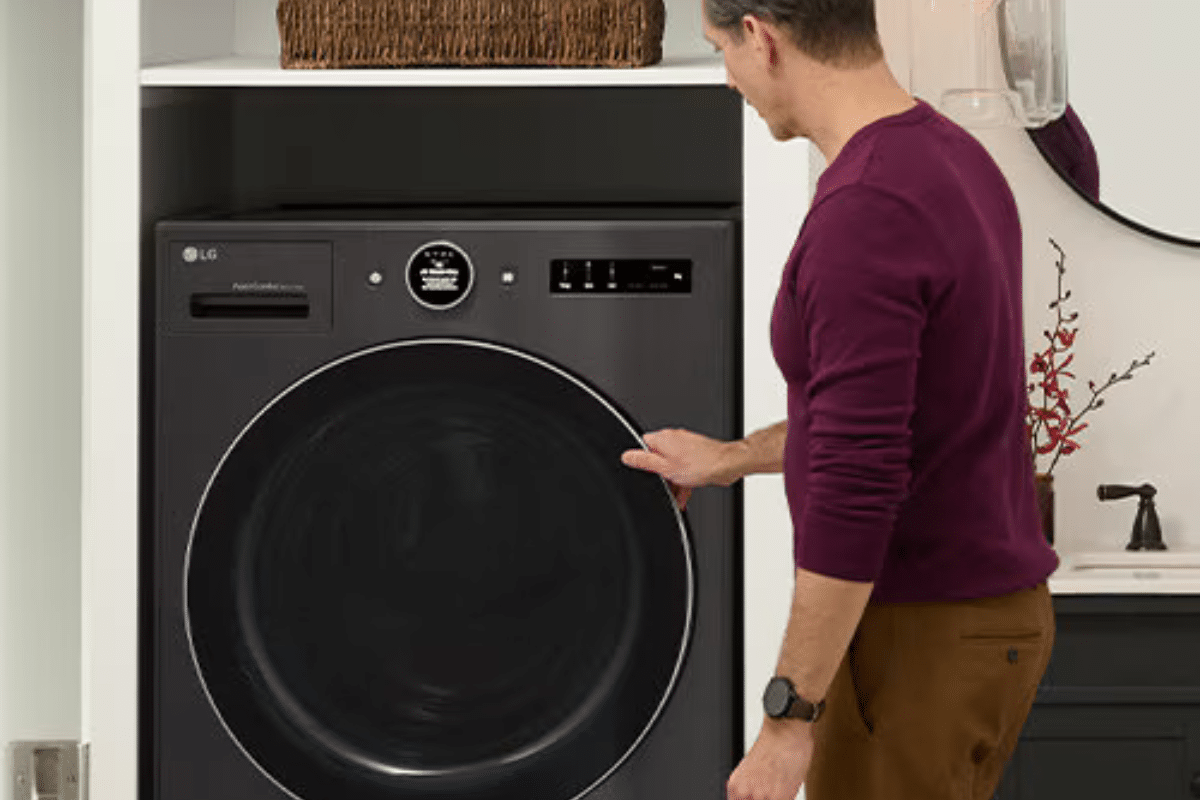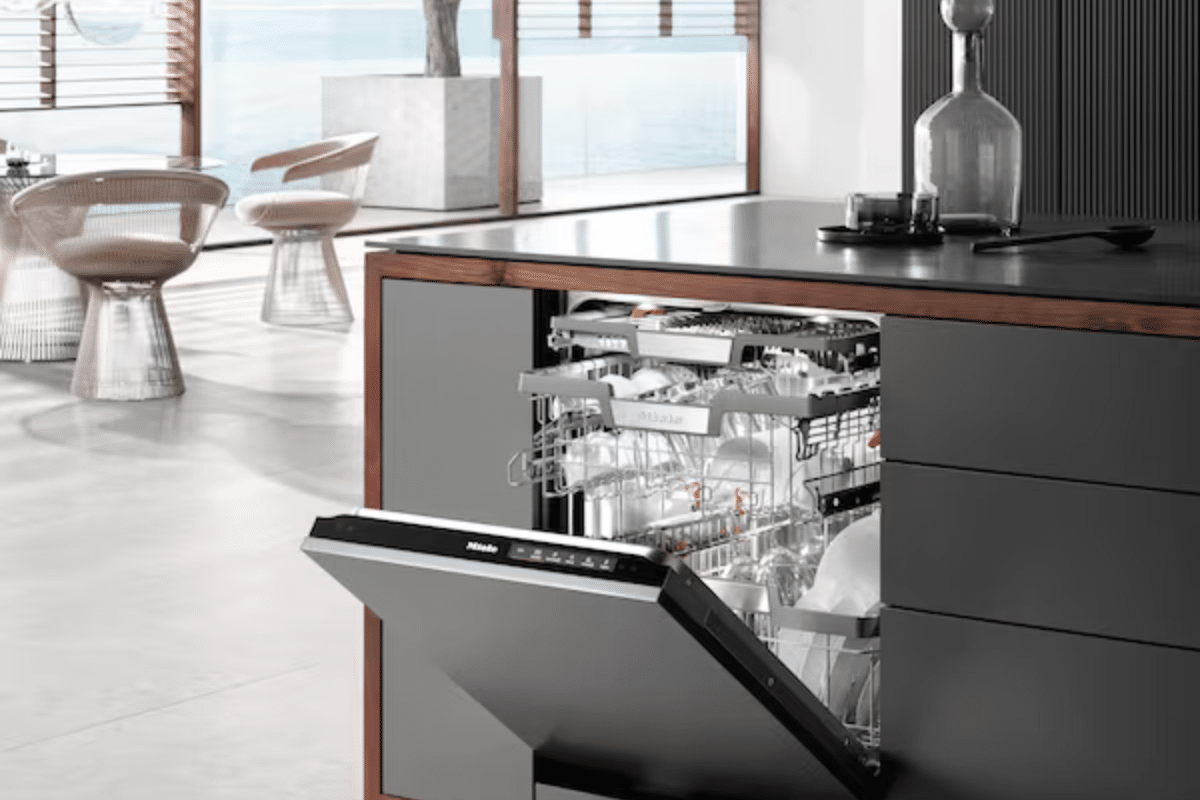When your Bosch dryer starts running hotter than it should, it’s more than just an inconvenience—it’s a risk to your laundry, your appliance, and potentially your home. A Bosch dryer overheating is a fairly common problem, but fortunately, it often has straightforward solutions.
If your dryer feels like it’s putting out more heat than necessary, you’re in the right place. At Handler Appliance, our experienced technicians have seen this issue countless times, and we’re here to guide you through what to do next.
Why Is My Bosch Dryer Overheating?
A Bosch dryer overheating is usually the result of poor airflow or a malfunctioning component. These appliances rely on a delicate balance of heat and ventilation, and when one part of the system falters, the temperature can quickly spiral out of control.
Typical causes include:
- Clogged lint filters or exhaust vents that restrict airflow.
- Faulty thermostats or thermal fuses that fail to regulate temperature.
- Malfunctioning heating elements that remain active longer than intended.
- Obstructed blower wheels or drum movement that limit air circulation.
Understanding the source of the issue is the first step toward a solution. From there, most homeowners can address the problem with some DIY troubleshooting and a few basic tools:
- Vacuum with hose attachment
- Phillips and flathead screwdrivers
- Multimeter
- Replacement parts (as needed: thermostat, fuse, heating element)
- Soft brush or compressed air
1. Unplug the Dryer
Always start by disconnecting power from your Bosch dryer overheating to ensure safety. Never attempt to inspect or repair internal components while the unit is connected to electricity.
2. Clean the Lint Filter and Exhaust Vent
- Remove and thoroughly clean the lint filter.
- Detach the exhaust vent from the back of the dryer and use a vacuum to clear built-up lint.
- Check the external vent outside your home for any blockages, including debris or nesting animals.
Poor ventilation is one of the leading causes of Bosch dryer temperature issues.
3. Test the Thermostat and Thermal Fuse
- Open the rear panel of the dryer to access internal components.
- Use a multimeter to test both the thermostat and the thermal fuse for continuity.
- Replace any components that fail the test with manufacturer-approved parts.
A faulty thermostat can cause the heating element to operate unchecked, leading to overheating.
4. Examine the Heating Element
- Locate the heating element (refer to your model’s user manual).
- Use your multimeter to check for shorts or continuity problems.
- If the heating element shows damage or signs of wear, replace it.
In some cases, the heating coil may remain active, causing the dryer to overheat even after the cycle should have ended.
5. Perform a Deep Internal Cleaning
- Use a vacuum and brush to remove lint or dust buildup from inside the cabinet and around internal components.
- Compressed air can help dislodge lint from tight spots or around the motor.
Dryers that aren’t regularly cleaned internally can accumulate lint in hidden areas, restricting airflow and increasing fire risk.
6. Reassemble and Test the Dryer
- Reattach all components and secure the back panel.
- Plug in the unit and run a test cycle on a low heat setting.
- Monitor for any signs of continued overheating or irregular temperature changes.
If the problem persists, don’t hesitate to schedule service with our local team. At Handler Appliance, our local dryer repair technicians are equipped to quickly identify and resolve overheating issues.
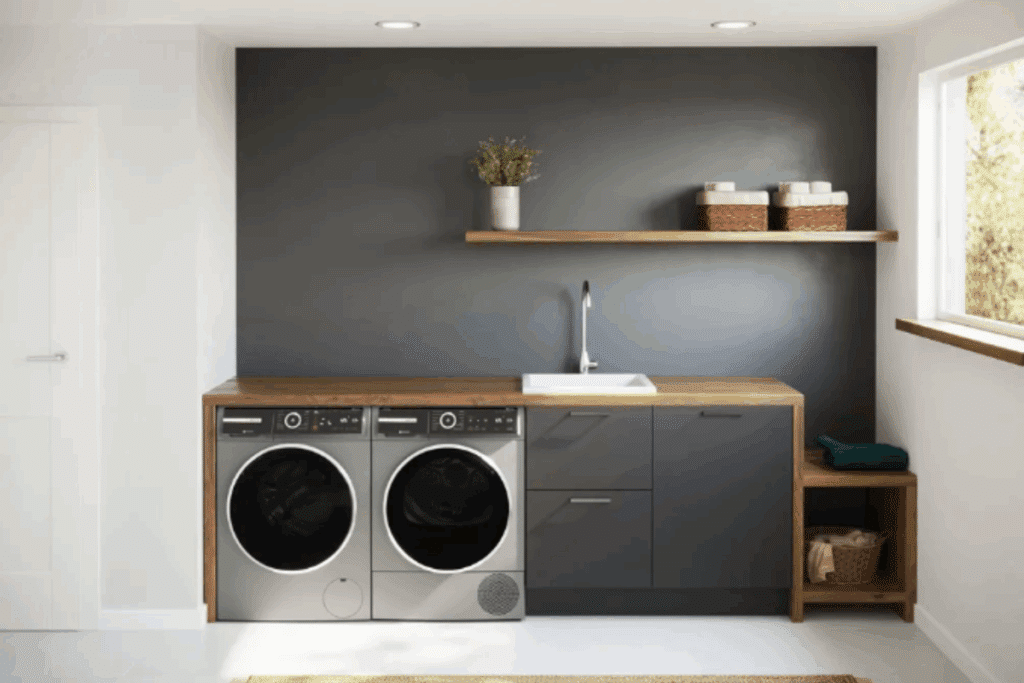
FAQ: Bosch Dryer Overheating Troubles
1. Is it safe to operate a Bosch dryer that’s overheating?
No—continued use can lead to fire hazards.
If your dryer is getting too hot, stop using it immediately until the issue is resolved. Overheating can damage clothing and internal components and potentially start a fire.
2. How often should the lint filter and vent be cleaned?
The lint filter should be cleaned after every load.
As for the vent, clean it every 3–6 months. Keeping these components clear helps prevent Bosch dryer temperature issues and maintains optimal efficiency.
3. Can I replace the thermostat myself?
Yes, with the proper tools and guidance.
If you’re comfortable with basic DIY repairs, replacing the thermostat is a manageable task. Always use OEM parts and refer to your dryer’s manual for guidance.
4. What should I do if the dryer still overheats after cleaning?
There may be a deeper internal issue.
If cleaning doesn’t resolve the problem, internal components such as the heating element or control board could be to blame.
Final Tip: Keep Your Dryer Healthy With a Maintenance Plan
One of the best ways to prevent the issue of a Bosch dryer overheating is to commit to regular maintenance. Schedule professional dryer inspections at least twice a year, clean vents thoroughly, and never skip checking your lint filter. At Handler Appliance, we’re here to help keep your appliances running efficiently, so you can focus on what matters most. And, don’t forget to check out our guide on Bosch dryers not spinning for more tips.


